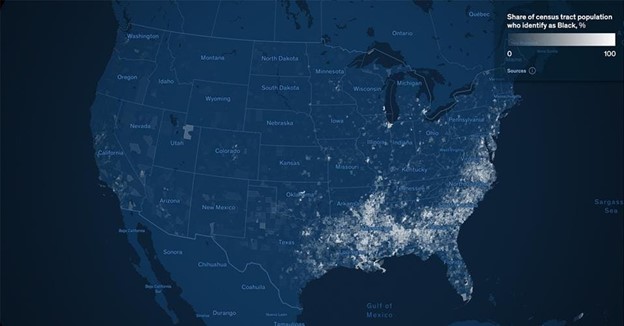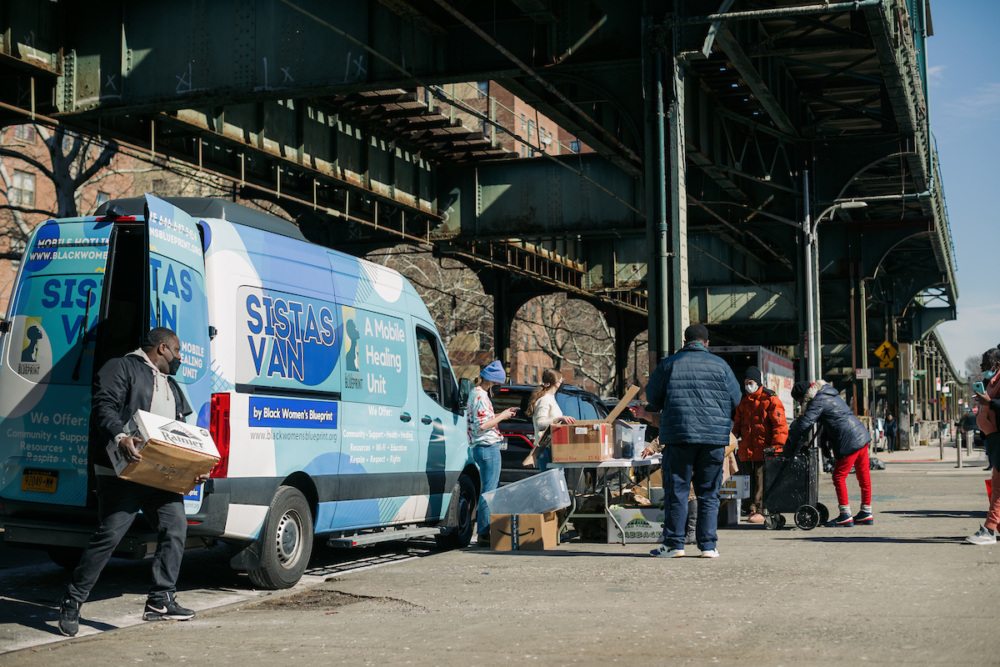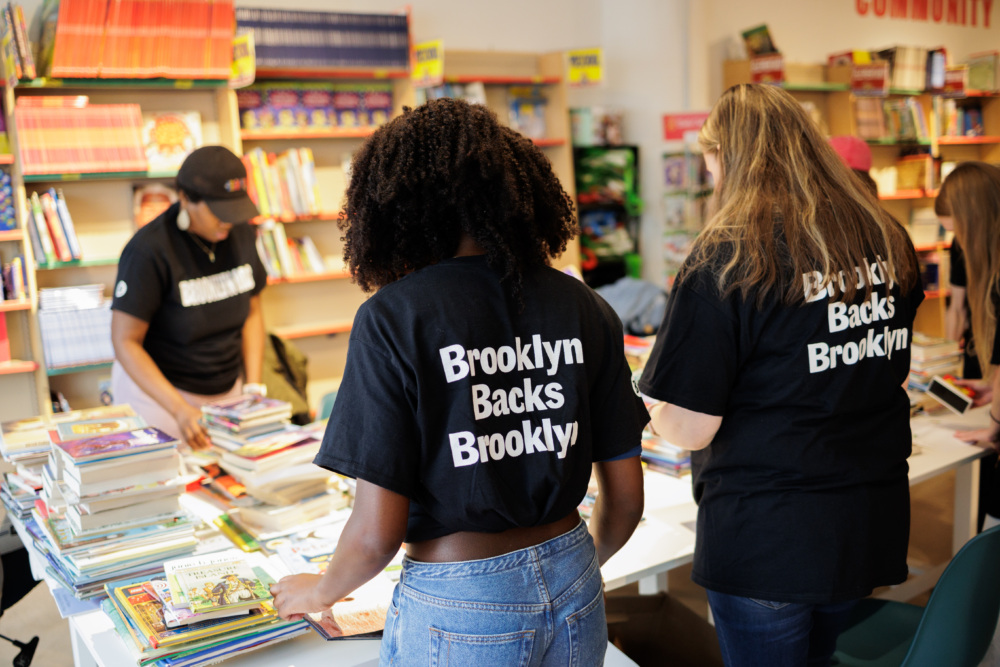Brooklyn Beaches For Dogs, Horseshoe Crabs, Mermaids, and More!

Brooklyn Org Board Member Shelley Stewart, Senior Partner and economic mobility researcher at McKinsey & Company, analyzes the disproportionate impacts of climate change on Black communities in a recent piece published in Forbes. Read an excerpt below; continue reading at Forbes.com.
It’s an unfortunate fact of life that Black Americans tend to be over-represented and over-hurt when the news is bad and not nearly as visible when it is good. That is true even when it comes to issues that are global in scope, such as climate change. With COP 28 just concluded in Dubai, it’s timely to consider what climate change could mean to the lives and livelihoods of Black Americans.
The negative impacts of climate change are well known. They include extreme heat, floods, hurricanes, and tornadoes. 2022 was the third-worst year for weather disasters, in terms of monetary costs ($165 billion), and 2023 doesn’t look good, either. In fact, the National Centers for Environmental Information is asking whether “the extremely high activity of recent years is becoming the new normal.”
The implications of climate change affect everyone, of course, but they are worse for Black Americans, in large part because they are more likely to live in geographic areas that are vulnerable to extreme weather. About half of all Black people in the United States reside in 11 states in the southeast where exposure to extreme heat, hurricanes, and flooding is particularly high.

McKinsey Climate Analytics (MCA) conducted its own research on possible climate hazards, drawing on work from a wide range of public and private sources. It found that in 11 Southeast states, residents of Black communities are 1.4 times more likely than the overall population in the area to be exposed to extreme heat (greater than 90 degrees). On average, Black Americans will be exposed to extreme heat 38 days a year, compared to 27 days for White Americans. That translates into greater rates of hospitalization and mortality.

